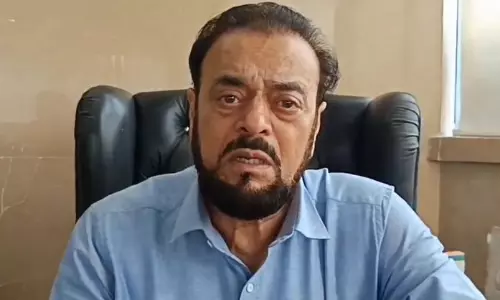Mosquito sites need mapping
Simply destroying mosquito eggs has proven not to be effective in the control of the menace.;

Hyderabad: Simply destroying mosquito eggs has proven not to be effective in the control of the menace; there is a need for spatiotemporal mapping to develop a model which will help identify, and target, new breeding spaces. The Entomology Wing is working towards the eradication of mosquito eggs by releasing larva-eating fish and spraying insecticides, but their efforts are insufficient. Dr Biju Soman, an Additional Professor at the Achutha Menon Centre for Health Science Studies, says, “We need the pharmaceutical industry to step in and develop chemical attractants to be used in ovitraps in which mosquitoes will lay their eggs. An operational system or a mechanism based on spatiotemporal modelling needs to be developed to help identify the mosquito breeding spaces which can be targeted.”
Spatiotemporal hierarchical models use calculations based on the mosquito breeding cycle to make predictions regarding new breeding spots and the time of occurrence of attacks. This system is able to accurately make predictions regarding cases of dengue, which helps create a dengue alert system. Such a system is currently being used in south-east Brazil.
The Indian Council of Medical Research has been in talks with pharmaceutical companies to work towards drug development and research into the increasing incidence of mosquito-borne diseases. There has been a significant increase in the mosquito index in all major cities, and it is very important for the community, the healthcare sector and the pharmaceutical sector to be involved in programmes for its reduction. Diseases such as malaria, filaria, yellow fever, dengue, chikungunya, Japanese encephalitis, and zika virus infection are spread by mosquitoes. It is important for their breeding and biting patterns to be understood so that steps may be taken towards controlling them.



